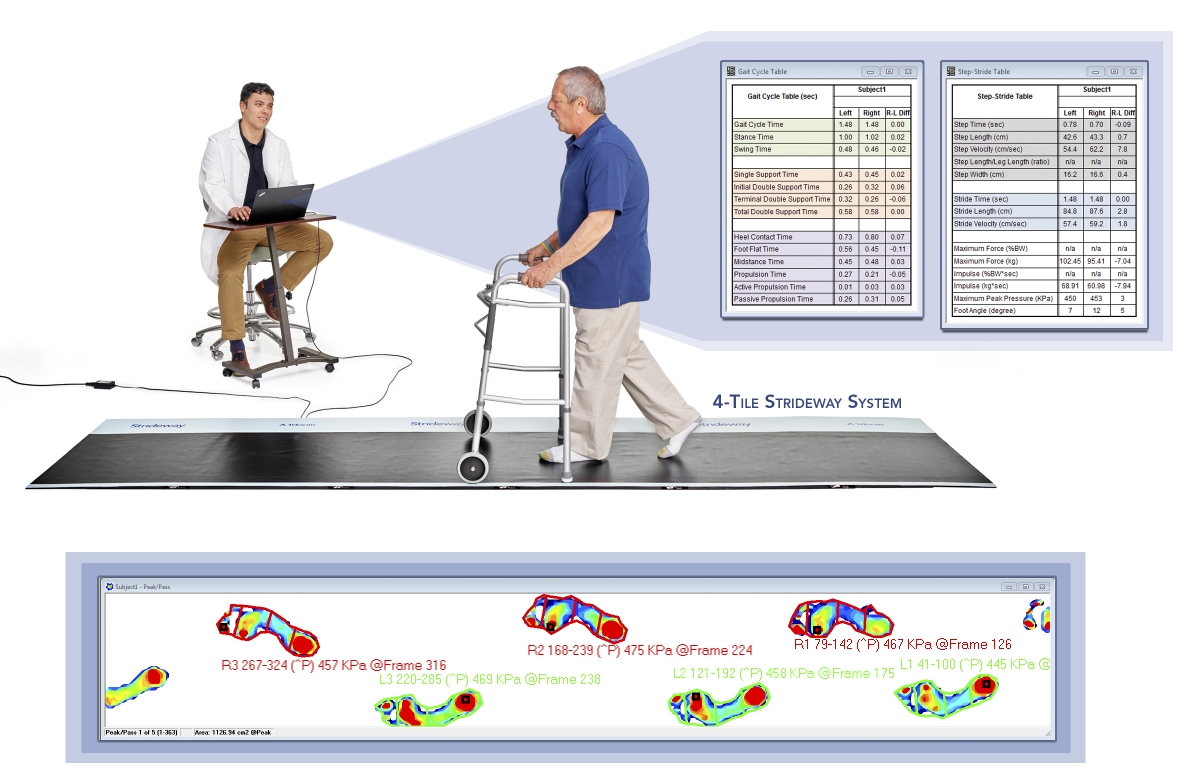Why is Gait Analysis Important?
Walking is something that the average person probably doesn’t give much thought. It’s our most basic method of transportation, but an inability to walk or be mobile can drastically change a person’s life. It can impact our independence and also create significant health problems over both the short and long term.
Many people can move about with abnormal or asymmetrical gait patterns for years without any symptoms. However, when someone experiences an injury or pain, normal gait can be altered, resulting in abnormal walking that can lead to bigger health issues.
For example:
- Musculoskeletal problems (from altering movements to compensate for pain or discomfort)
- Cardiovascular health issues (due to inactivity)
- Mental health issues (depression, loss of independence, etc.)
This is why gait analysis is important. When we study the way a person walks or runs, we can identify individuals’ unique movements, determine normal gait patterns, diagnose issues causing pain, and also implement and evaluate treatments to correct abnormalities.
A typical gait analysis is mainly visual—observing a patient as they walk. This is an important part of an evaluation, but it lacks objective data, such as:

- Center of Force (CoF)
- Step Time
- Swing Time
- Stride length
- Force
- Weight distribution
Information like this is important in the diagnosis and treatment of gait issues, but it cannot be accurately obtained through visual analysis. That’s where Tekscan’s family of gait analysis tools comes in. Our line of mats, walkways, and in-shoe sensors are adding objective, repeatable, and actionable data to the evaluation process.
To learn more about gait analysis and how Tekscan’s products can enhance your clinical outcomes.
On-Demand Webinar: Introduction to Gait Analysis with TechnologyIn this one-hour webinar, biomechanics expert Marshall Kendall, PhD will define the gait cycle, explain the value of gait analysis, and show you how you can analyze and gather data using Tekscan’s systems. |
Previous Post: |
